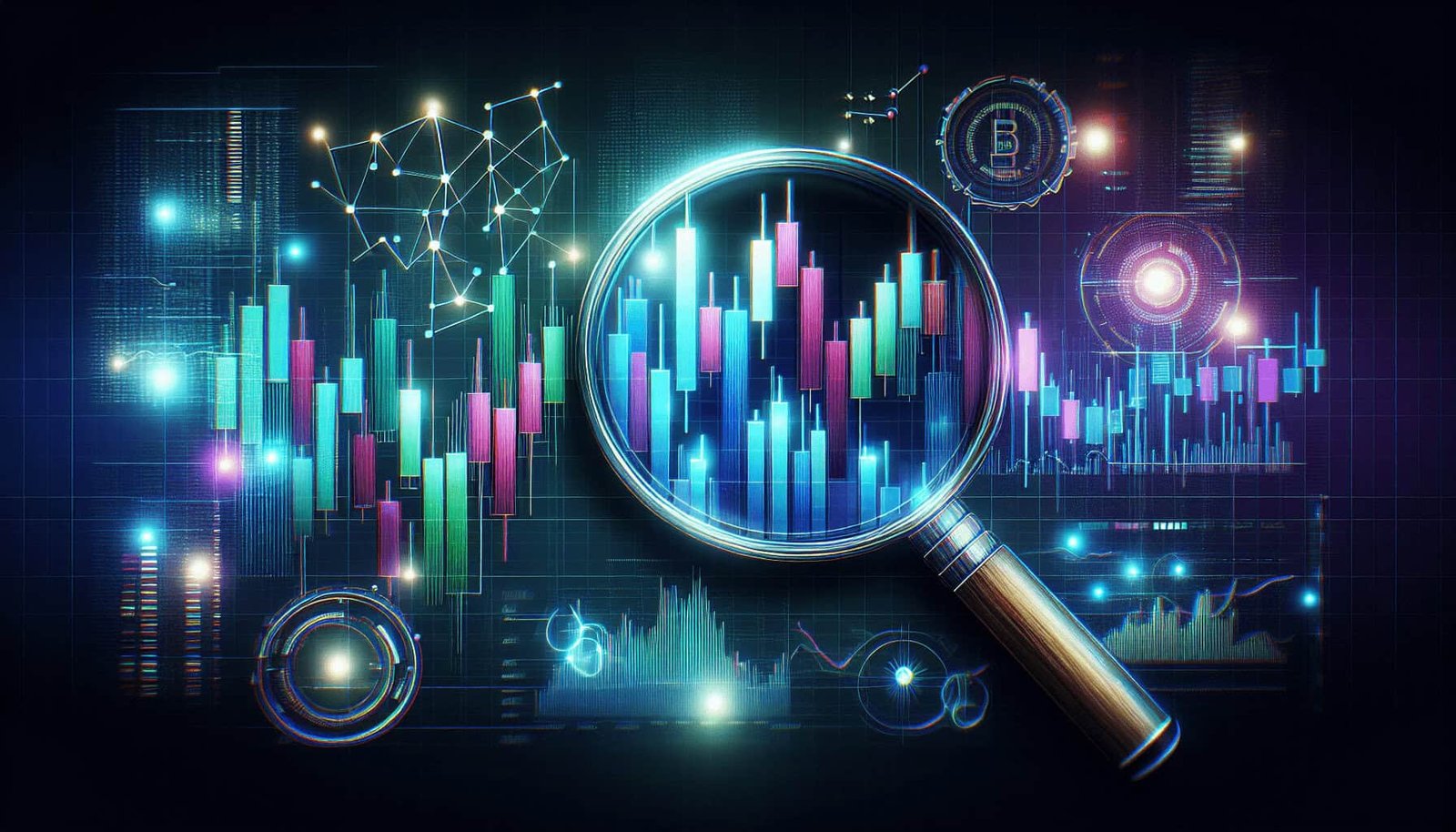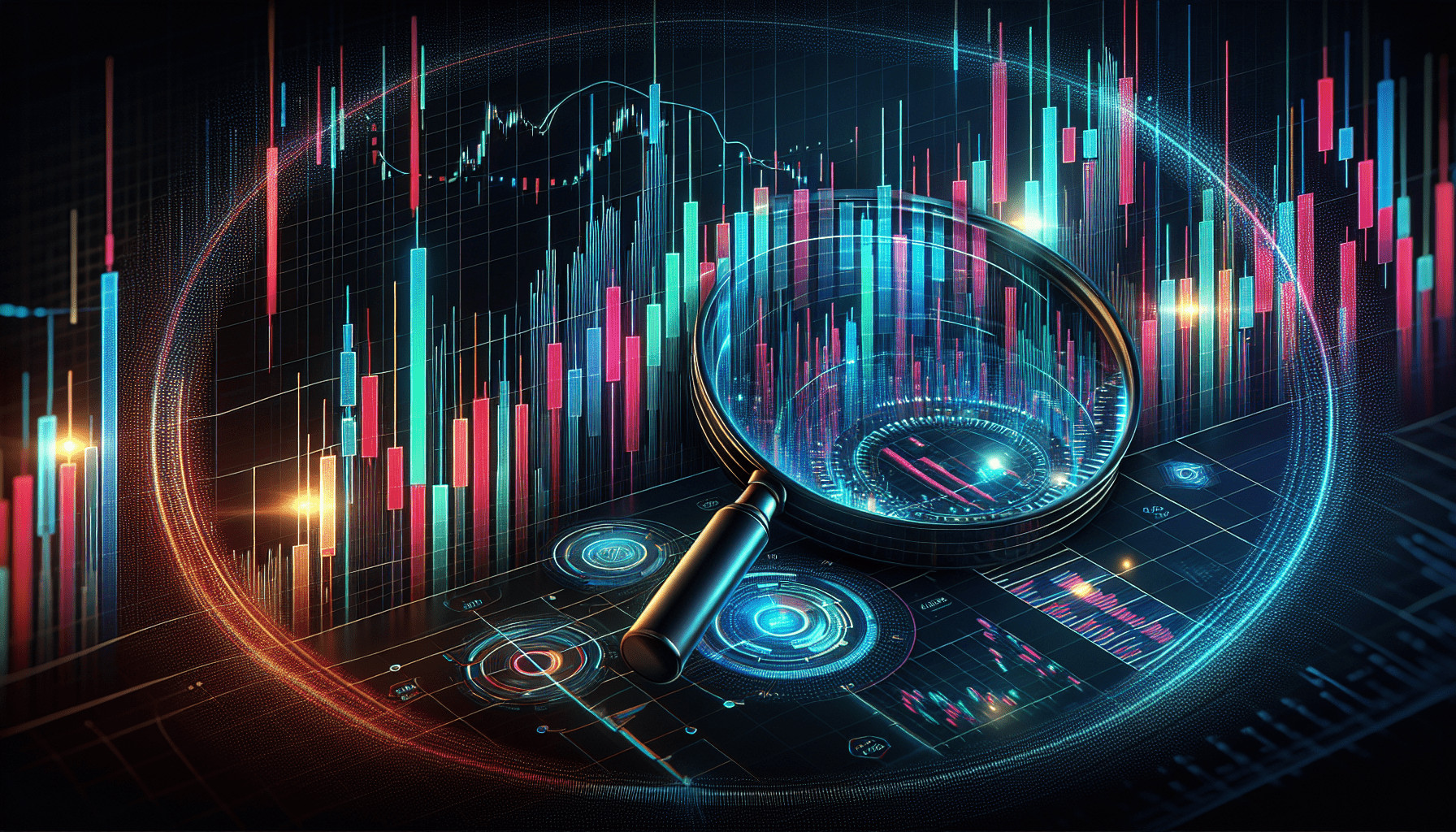Have you ever wondered how some people consistently make profitable trades in the crypto market? You might think it’s sheer luck, but the truth is that many successful traders rely on technical analysis. If you’re new to the concept or want to fine-tune your skills, you’re in the right place. This article will walk you through how to use technical analysis for crypto trading with a friendly, approachable tone that feels like chatting with a knowledgeable friend.

Understanding Technical Analysis
Technical analysis involves evaluating market data, primarily price and volume, to forecast future price movements. It’s essentially looking at the past to predict the future. This method can apply to any traded market, but here we focus on cryptocurrencies.
Why Technical Analysis?
The crypto market is notoriously volatile. Prices can surge or plummet within minutes, leaving you either gleeful or stressed. Technical analysis gives you tools to make sense of these swift changes, helping you make more calculated decisions rather than emotional ones.
The Core Principle
At its heart, technical analysis operates on the assumption that all the information you need is reflected in the price chart. Your job is to understand past patterns to make more informed trading decisions in the future.
Essential Tools for Technical Analysis
Before you jump into the technicality, equip yourself with some essential tools. These will provide the framework necessary for analyzing the crypto market.
Price Charts
Price charts are your primary resources. They illustrate how the price of a cryptocurrency has changed over time. You’ll mainly encounter three types of price charts: line charts, bar charts, and candlestick charts.
- Line Charts: Good for a simple overview of price movement.
- Bar Charts: Provide more details, including opening, closing, high, and low prices.
- Candlestick Charts: Offer the same information as bar charts but are visually more intuitive and widely used for technical analysis.
Technical Indicators
Indicators are quantifiable signals based on historical price data, helping you interpret market conditions. Here are a few common ones:
- Moving Averages: These smooth out price data to identify the direction of the trend.
- Relative Strength Index (RSI): Measures the speed and change of price movements.
- Moving Average Convergence Divergence (MACD): Shows the relationship between two moving averages of a cryptocurrency’s price.
Chart Patterns
Patterns are formations created by the movements of prices on a chart. Recognizing these can offer a prediction of future price direction.
- Head and Shoulders: Indicates a reversal of trend.
- Triangles: Suggests the continuation or reversal of the trend.
- Double Tops and Bottoms: Signals major direction changes.
Analyzing Trends
Recognizing trends is crucial when trading. Diving into trend analysis can improve your trading accuracy significantly.
Understanding Trends
A trend represents the direction the market is moving. They can be upward (bullish), downward (bearish), or sideways (neutral). Identifying these can guide your trading choices, whether it’s time to go long or short.
Support and Resistance Levels
Support and resistance are critical concepts in trend analysis. They represent the price levels that a cryptocurrency struggles to move above or below.
- Support Level: The price at which a crypto tends to stop falling and could bounce back up.
- Resistance Level: The price at which a crypto tends to stop rising and could decline again.
The Importance of Volume
Volume represents the number of units traded. High volume at resistance or support levels could indicate whether these levels will hold or break. An increase in volume confirms the strength of a trend.
Using Candlestick Patterns
Candlestick patterns can give you insights into market sentiment and potential price movements.
The Basics of Candlestick Charts
Each candlestick represents a specific timeframe of price action, showing the open, close, high, and low. The main components are:
- Body: Represents the range between the opening and closing prices.
- Wicks (or Shadows): Show the high and low prices.
Common Candlestick Patterns
Understanding these patterns helps predict where the market might head next.
- Doji: Signals indecision in the market.
- Hammer: Indicates a potential reversal from a bearish to a bullish trend.
- Shooting Star: Suggests a potential reversal from bullish to bearish.

Leveraging Indicators
Indicators provide additional data to support your analysis. They can confirm patterns and trends, giving more weight to your predictions.
Moving Averages
Moving averages smooth out price data over a set period. They help identify the overall trend by reducing noise from random price fluctuations.
- Simple Moving Average (SMA): A straightforward average of prices over a specified number of periods.
- Exponential Moving Average (EMA): Gives more weight to recent prices, making it more responsive.
The Relative Strength Index (RSI)
RSI is an oscillator that measures the speed and change of price movements and ranges from 0 to 100. An RSI above 70 suggests an asset is overbought, while below 30 indicates oversold conditions.
MACD
The MACD is used to identify changes in momentum and trend direction. It consists of two lines: the MACD line and the signal line. A crossover between these lines can signal a change in trend.
Developing a Trading Strategy
Having a strategy based on technical analysis can be the difference between just trading and trading successfully.
Define Your Goals and Risk Appetite
Before crafting a strategy, understand your goals and risk tolerance. Are you trading to grow your investment significantly, or are you looking for steady, conservative gains? Knowing your approach guides the decisions made in your strategy.
Choose Your Indicators
Select a combination of indicators that work best with your trading style. You might prefer combining moving averages with RSI for clearer signals.
Set Entry and Exit Points
Decide the conditions under which you’ll enter or exit a trade. Use your trend analysis and indicators as a basis for these decisions.
Test Your Strategy
Before live trading, test your strategy with historical data or in a simulated environment. This backtesting helps you see how your plan would perform in different market conditions.

Common Pitfalls to Avoid
While technical analysis can enhance your trading skills, it’s crucial to be aware of common pitfalls to avoid.
Overreliance on Indicators
Indicators should support your analysis, not dictate it. Relying too heavily on them can lead to overlooking other vital market signals or patterns.
Ignoring Market News
While technical analysis focuses on price and volume, market news can affect these elements significantly. Stay informed about major events influencing the crypto market.
Trading Without a Plan
A lack of a clear trading strategy can result in impulsive decisions. Always have a plan and stick to it, adjusting only when necessary based on solid analysis.
Emotional Trading
Trading based on emotions rather than analysis often leads to losses. Stay disciplined and keep emotions in check, adhering to your strategy.
Enhancing Your Skills
Continual learning and adaptation are key to success in crypto trading. Here’s how you can bolster your skills over time.
Keep Educated
The crypto market evolves rapidly. Regularly update your knowledge about technical analysis, market conditions, and new cryptocurrencies.
Learn from Mistakes
Analyzing your unsuccessful trades is as valuable as celebrating your wins. Understand what went wrong and adjust your strategy accordingly.
Join Trading Communities
Engaging with trading communities can provide insights, feedback, and new techniques to improve your analysis and trading strategies.

Conclusion
Hopefully, this guide provides you with a deeper understanding of how to use technical analysis for crypto trading. By equipping yourself with the right tools and knowledge, you can significantly improve your trading performance, making more informed and strategic investment decisions. Remember, while no analysis or strategy guarantees profit, discipline and continuous learning can enhance your chances of success.

